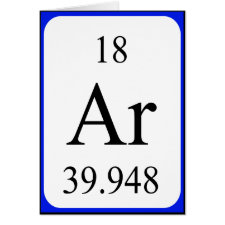
Authors: Alizadeh T, Mirzaee S, Rafiei F
Article Title: All-solid-state Cr(III)-selective potentiometric sensor based on Cr(III)-imprinted polymer nanomaterial/MWCNTs/carbon nanocomposite electrode.
Publication date: 2017
Journal: International Journal of Environmental Analytical Chemistry
Volume: 97
Issue: (13)
Page numbers: 1283-1297.
DOI: 10.1080/03067319.2017.1408804
Abstract: A novel potentiometric sensor, based on carbon paste electrode (CPE), modified with ion-imprinted polymer (IIP) and multi-walled carbon nanotubes (MWCNTs), is introduced for detection of chromium (III). The IIP nanomaterial was synthesised and characterised by using scanning electron microscopy and Fourier Transform Infrared. The modification of the CPE with the IIP (as a ionophore) resulted in an all-solid-state Cr(III)-selective sensor. However, the presence of appropriate amount of MWCNTs in the electrode composition was found to be necessary to observe Nernstian response. The optimised electrode composition was 76.7% graphite, 14.3% binder, 5% IIP, and 4% CNT. The proposed sensor exhibited Nernstian slope of 20.2 ± 0.2 mV decade-1 in the working concentration range of 1.0 x 10-6 - 1.0 x 10-1 mol L-1 (52 μg L-1 - 5.2 g L-1), with a detection limit of 5.9 x 10-7 mol L-1 (30.68 μg L-1) and a fast response time of less than 40 s. It displayed a stable potential response in the pH range of 2 - 5. It exhibited also high selectivity over some interfering ions. The proposed sensor was successfully applied for the determination of Cr(III) in real samples (sea, river water and soil)
Template and target information: chromium ion, Cr(III)
Author keywords: Chromium ion, ion imprinting, potentiometric sensor, Carbon nanotube, nanomaterial



Join the Society for Molecular Imprinting

New items RSS feed
Sign-up for e-mail updates:
Choose between receiving an occasional newsletter or more frequent e-mail alerts.
Click here to go to the sign-up page.
Is your name elemental or peptidic? Enter your name and find out by clicking either of the buttons below!
Other products you may like:
 MIPdatabase
MIPdatabase









